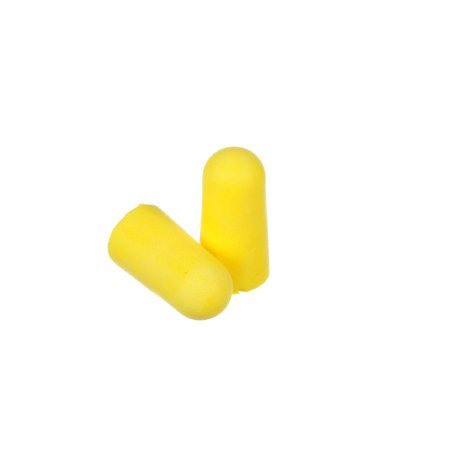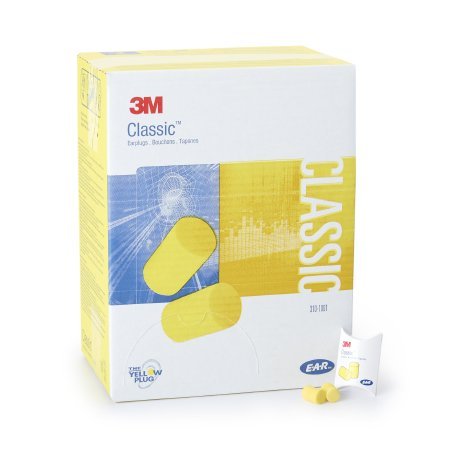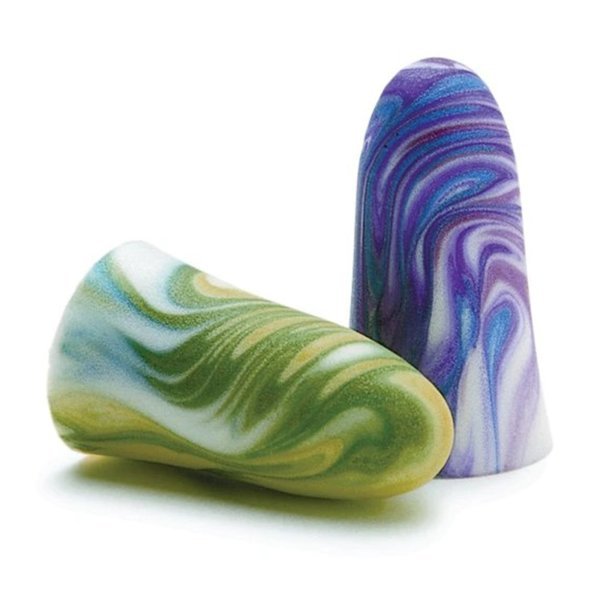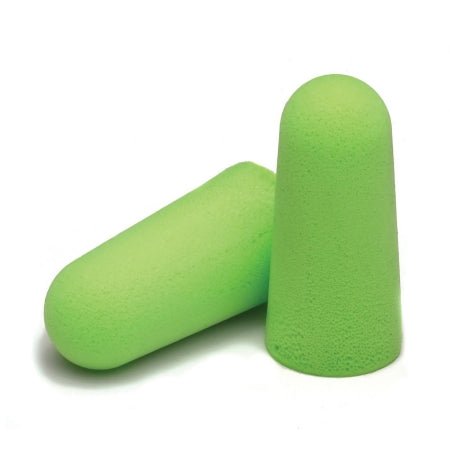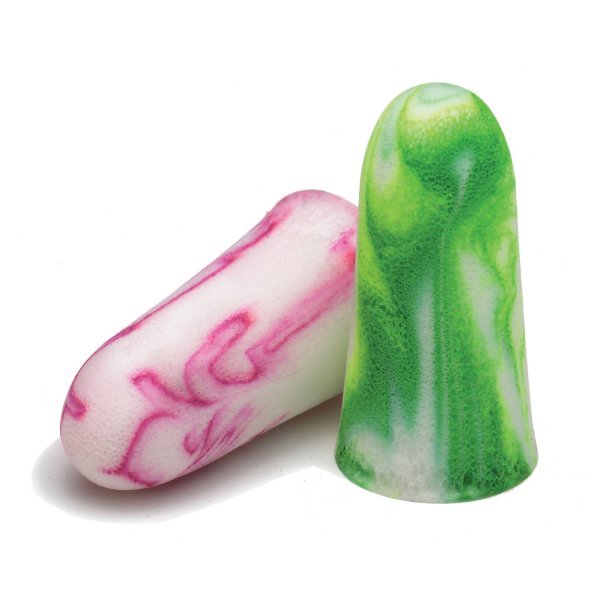Ultimate Guide to Hearing Protection: Safeguard Your Ears in Style
Introduction to Hearing Health
In a world where the clamor of urban environments and the bustle of modern life threaten the sanctuary of our senses, hearing protection has emerged as a non-negotiable shield in our auditory arsenal.
Why Hearing Protection is Essential
Let's dive in, shall we? Have you ever found yourself wincing at the screech of subway brakes or the incessant hammering from a construction site? These aren’t just mere annoyances; they are bona fide threats to your hearing health. Noise-induced hearing loss is no joke, folks. It’s as real as the headphones plugged into your ears, slowly cranking up the decibels while you jam to your favorite tunes.
Understanding Noise-Induced Hearing Loss
Imagine your ear as a concert hall. Now, think of loud noise as a rock band gone rogue, smashing guitars on stage – in your ear. The result? Potentially permanent damage to the delicate inner workings of your auditory system. It's time we turn down the volume and address this silent bandit head-on.
Frequently Asked Questions about Hearing Protection
Do you still have questions about Hearing Protection?
If we still haven't answered your question, you can contact us by phone or email and we will get back to you as soon as possible.


